Researchers successfully developed organic solar cells that can achieve 15 percent efficiency.
Researchers from the University of Michigan created breakthrough organic solar cells that have the efficiency comparable to solar cells available today on the market.
“Organic photovoltaics can potentially cut way down on the total solar energy system cost, making solar a truly ubiquitous clean energy source,” Stephen Forrest, a Peter A. Franken Distinguished University Professor of Engineering and lead researcher of the study, said.
According to researchers, the organic photovoltaic cells could produce electricity at less than 7 cents per kilowatt-hour given its 15 percent efficiency and a 20-year lifespan.
Unlike the Silicon-based inorganic solar cells which are costly to manufacture and use thick, rigid sheets as installation points, organic solar cells use carbon in its construction. Carbon gives the organic PVC several advantages over traditional solar panels.
Firstly, carbon-based organic PVCs are cheaper to manufacture. They can be produced in thin rolls that could be bent and curved around structures or even within garments. It could also make any color, even transparent, blend well into its environment.
However, despite its many advantages, organic solar cells have never been efficient enough to be produced commercially. As a solution, the researchers made several adjustments to improve its design and process.
Read More: New Thin Film Solar Cells Create Possibilities for Better Devices
The research team reportedly designed a system that combines specialized layers to absorb both visible and infrared lights. The system was made by stacking two organic solar cells, “one capable of absorbing light from the visible spectrum starting at 350 nanometers in wavelength, and another capable of absorbing near-infrared light up to 950 nanometers in wavelength.”
“By themselves, the cells achieve 10- to 11-percent efficiency,” Xiaozhou Che, first author of the new study, said. “When we stack them together, we increase light absorption and efficiency improves to 15 percent with an antireflection coating.”
To stack the cells, the researchers made interconnecting layers that protect the first cell from damage while allowing light and electrical current to pass through.
“That’s considered a difficult process because there’s a chance the liquid used in processing the top cell will dissolve the layers already deposited underneath,” Che added.
During testing, the team’s new technology yielded high fabrication of more than 95 percent. This means the new product has reached its benchmark for commercialization. However, the team believes that they could still improve their progress up to 18 percent efficiency.

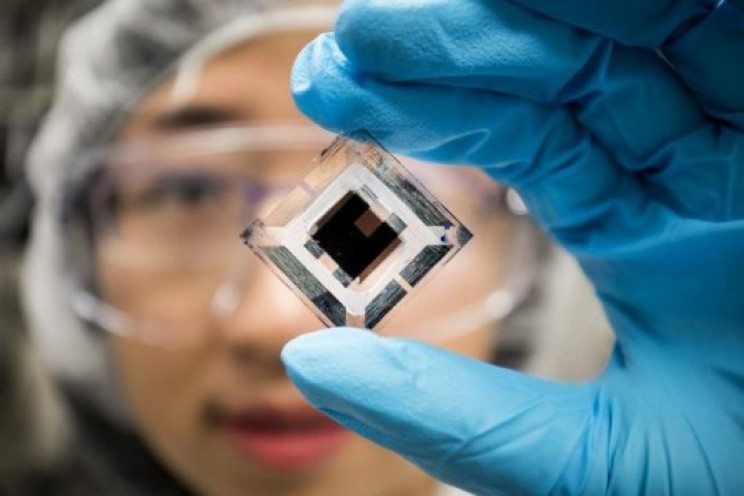




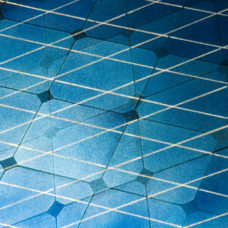
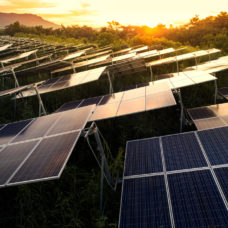



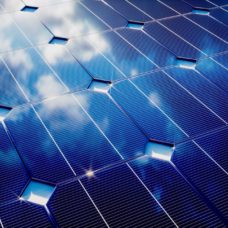


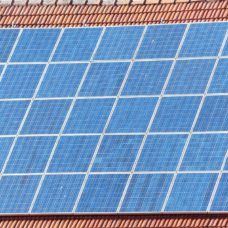
Comments (0)
Most Recent